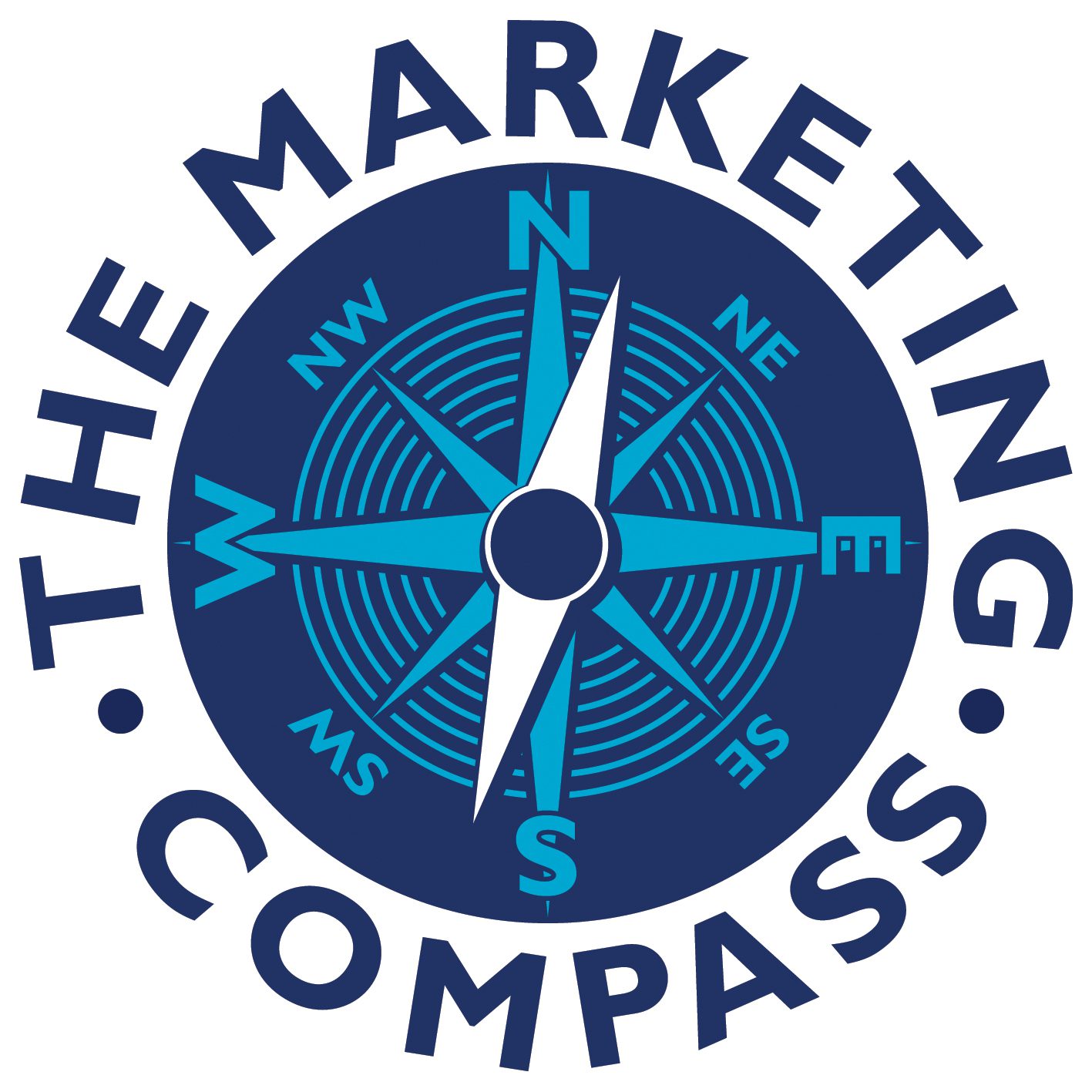
Glossary of marketing terms
Here is a glossary of marketing terms.
If you can’t find what you are looking for, please let me know! See also: Glossary of internet marketing terms.
Ambient media: Advertising which is placed appears within everyday life. For example, advertising on ticket barriers and petrol pumps.
Added value: A marketing strategy to increase the attractiveness of your product / service.
Advertorial: Paid for advertising space which looks (at first glance), like editorial (i.e. written by a journalist). They should be marked with the word ‘Advertisement’, usually at the top of the piece.
AIDCA: (Sometimes known as AIDA). A marketing system commonly used in direct response copywriting: A = Attention (the headline). I = Interest (the product / service). D = Desire (an offer). C = Conviction (social proof, i.e. testimonials). A = Action (a call to action).
B2B: Business to Business, i.e. one business is marketing to another business. An example would be a management training company.
B2C: Business to Consumer. i.e. a high street retailer.
Body copy: The main body of text within a marketing piece. For example, an advert has a headline, body copy and call to action.
BOGOF: Buy One Get One Free. A promotional device to increase sales, whereby if an item is bought, another identical product is given for free. Can be used to increase first time purchases of a new brand / product, increase customer numbers and turnover.
Brand: A set of attributes which make it easy for customers to identify your product / service. Includes visual brand indentity (i.e. logo, colours, typeface), as well as psychological factors including emotional brand attachments.
Channel marketing: Using distributors to bring your products to the marketplace.
CRM: Customer Relationship Management system. There are numerous software solutions available. The idea is to have all of your contacts and customers in one place.
Demographics: A somewhat old fashioned way of segmenting customers using gender, age, socio economic group and geographical location. (The challenge being that this only gives you a crude interpretation of a customer’s characteristics).
Market segment: A market segment = a group of people with shared needs.
Segment: See ‘market segment’.
SWOT: Strengths, Weaknesses, Opportunities, Threats. You can conduct a SWOT analysis on your enterprise, or on a competitor.
Vertical market: A vertically integrated market, i.e. the automotive industry which starts with steel and ends with a car on the dealership forecourt.
